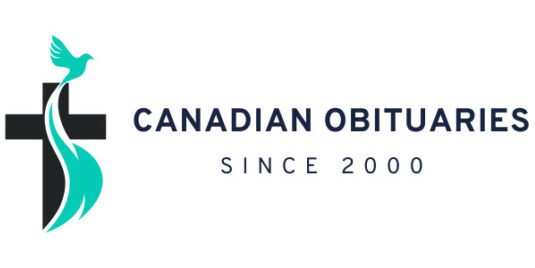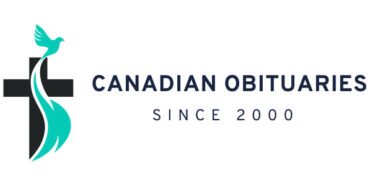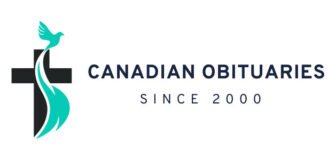Your Guide to RRIFs: 12 Essential Facts for a Secure Retirement
Planning for retirement in Canada comes with its challenges, but the Registered Retirement Income Fund (RRIF) can be a cornerstone of your financial strategy. Understanding how to manage your RRIF can help maximize your income while minimizing taxes. Here's what you need to know:
1. The RRIF Conversion Timeline
You must convert your RRSP to a RRIF by December 31st of the year you turn 71. Your first withdrawal is required by the same date the following year when you turn 72.
2. Why Conversion Matters
This process ensures the government collects taxes on deferred income while helping you structure your retirement income.
3. Mandatory Withdrawals
After setting up your RRIF:
- Annual Minimums: A minimum withdrawal is mandatory every year.
- Age-Based Percentages: As you age, the percentage of mandatory withdrawal increases, ensuring a steady income stream and tax collection.
4. Investment Flexibility
RRIFs can hold diverse investment types, including:
- Stocks
- Bonds
- Mutual funds
This flexibility allows you to tailor your investment strategy to suit your retirement goals.
5. Tax Implications of Withdrawals
All withdrawals are taxed at your marginal rate, making it important to plan your income and taxes effectively.
6. Estate Planning Benefits
- Spouse/Partner: RRIF assets can be rolled over tax-deferred to a surviving spouse or common-law partner.
- Other Beneficiaries: If there is no spouse or partner, the RRIF balance becomes taxable on the deceased's final return.
7. Impact on Government Benefits
Large RRIF withdrawals can have significant implications:
- OAS Clawbacks: May trigger partial Old Age Security (OAS) clawbacks.
- Pension Income Credit: After age 65, RRIF income qualifies for the federal pension income credit, potentially reducing taxes.
8. RRIFs Have No Collapse Date
Unlike RRSPs, RRIFs are not subject to a mandatory collapse date, providing more flexibility in managing your funds.
9. Transfers and Consolidation
You can consolidate or transfer your RRIFs between providers without any tax implications, making it easier to manage your retirement accounts.
10. Leverage Additional Resources
The CRA, Service Canada, and provincial resources are invaluable for exploring your retirement planning options.
Final Thoughts
Planning your retirement with a RRIF requires careful consideration, but with the right strategies, it can provide a reliable income stream and tax advantages. Be sure to stay informed, explore your options, and secure your financial future.
@ 2025 Canadian Obituaries, All Rights Reserved.
Powered by Allaboutwebservices.Com











